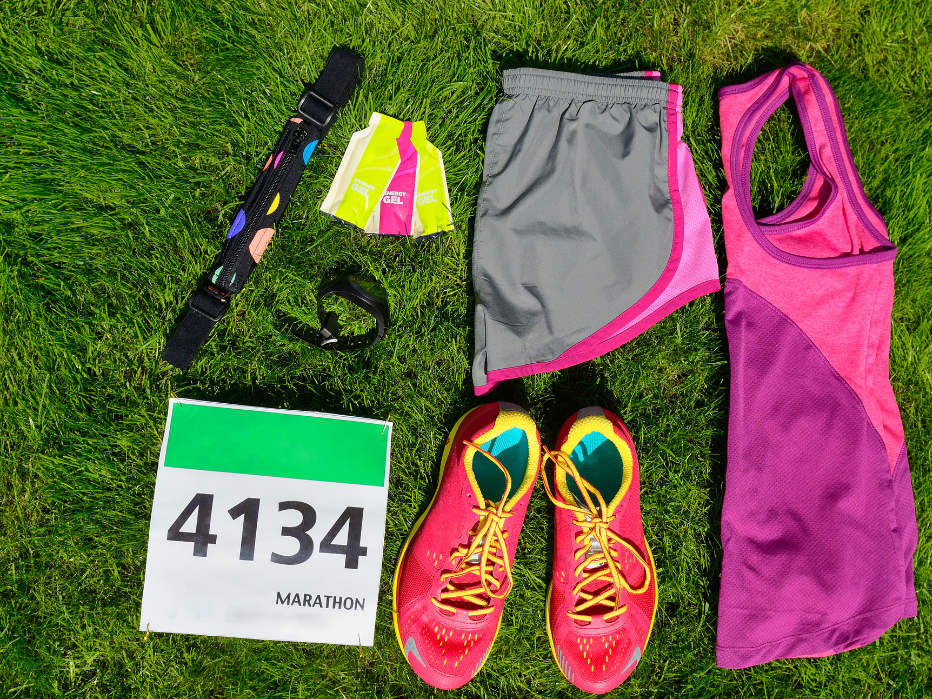Ritucharya- Seasonal Eating Secrets Of Ayurveda
Date
Duration
6 min read


Ayurveda is the oldest healing science in the world that originated in India. Principles like homoeopathy, now famous in the west, have their roots in Ayurveda.
During this pandemic, Ayurvedic medicines have helped many people. We can introduce a healthy lifestyle by bringing Ayurveda into the realm of our lives.
Ministry Of Ayush, GOI, on Ayurveda for Covid: The Ministry of AYUSH is committed to help the nation with the large resource of time-tested traditional knowledge practiced in this continent for the benefit of mankind. The Ministry has already published a series of measures to improve the individual's natural defense system (immunity) in addition to the personal hygiene and social distancing measures.
This article is throwing light on an ancient Ayurvedic practice- Ritucharya, which is a season-wise discipline for diet and lifestyle. These guidelines serve as a prescription for diet and lifestyle changes throughout the year and give us remarkable benefits like clarity of mind, purity of heart and vibrancy of the soul.
Why Is Eating Seasonally Important?

Seasonal eating is just as important as eating well. Ritucharya has demonstrated that eating and living by the seasons can have numerous mental and physical health benefits. On a snowy day, we don't like to eat ice cream. On a hot summer afternoon, we don't like to sip soup beside the pool. These choices make us feel good. However, eating "healthy" but not according to the seasons can compromise the immune system, produce undesirable weight gain or loss, poor skin or hair quality, and even lead to serious illnesses.
As a result, it serves as both a good feeling experience and a preventive measure.
There are 6 seasons in India according to the Ayurveda. Each season has a different diet and lifestyle routine.

Shishir Ritu (Winter)
Mid-January to Mid-March- The weather is cold and windy during this time of year.
Diet Routine-
Foods with an overwhelming taste of amla (tarty) are preferred. Cereals and pulses, wheat and gramme flour products, new rice, corn, and other foods are recommended. Ginger, garlic, Haritaki, Pippali, sugarcane products, and milk and milk products should all be included in the diet. Root vegetables, apples, grapes, beans, and sweets (in moderation, of course!) are all part of the Shishir diet.
Foods with dominant Katu (pungent), Tikta (bitter), and Kashaya (astringent) Rasa should be avoided. Foods that are Laghu (light) or Shita (cool) should be avoided.
Lifestyle-
Massage with oil/powder/paste and shower with lukewarm water is recommended, as is exposure to sunlight and wearing warm clothing.
Vasant Ritu (Spring)
Mid-March to Mid-May- This season is known for its flowers and the emergence of new leaves.
Diet Routine-
One should easily take digestible foods. In cereals, wheat and rice is suggested during this season. In pulses, lentil, Mugda etc. can be eaten. Food items tasting bitter, pungent, astringent should be eaten. Honey can also be added to the diet. Gut-healthy foods like barley and honey, as well as gently stimulating spices like coriander, cumin, turmeric, and fennel, make up the optimal Vasant Ritu diet.
Foods that are cold and heavy should be avoided.
Lifestyle-
It is recommended that you bathe in tepid water. It is essential to exercise during Vasant Ritu. It is recommended that you massage with Chandana, Kesara, and Agaru powder.
During this time of year, sleeping during the day is not recommended.
Grishma Ritu (Summer)
Mid-May to Mid-July- This season is quite hot, and the air has an unhealthy wind.
Diet Routine-
Rice, lentils, and other light-processing foods, such as those with Madhura (sweet), Snigdha (unctuous), Sheeta (cool), and Drava (fluid) Guna, should be consumed. It is recommended that you drink enough water and a variety of fluids, such as cold water, buttermilk, fruit juices, meat soups, mango juice, and stirred curd with pepper. Milk with sugar should be had before going to bed. Lots of fresh fruit and vegetables including asparagus, cucumber, celery, and leafy greens are part of the ideal Grishma diet.
Avoid salt and foods with Katu (sharp) and Amla (acrid) flavours, as well as Ushna (warm) nourishments.
Lifestyle-
It is beneficial to stay in cool places, apply sandalwood and other aromatic pastes to the body, decorate with blossoms, wear light clothing, and snooze during the day. The cooling moon rays with the breeze can be enjoyed late at night. Excessive activity or hard work should be avoided.
Varsha Ritu (Monsoon)
Mid-July to Mid-September- The sky is overcast throughout this season, and rain falls without thunderstorms.
Diet Routine-
Foods with Amla (tart) and Lavana (salty) flavours, as well as foods with Sneha (oily) properties, should be consumed. Old barley, rice, wheat, and other grains are recommended. In addition to meat soup, Yusha (soup), and other dishes should be included in the regular diet. It is recommended that one drinks medicinal or boiled water. Varsha diets shun uncooked foods in favour of warm, freshly prepared meals. Use ginger and lemon to aid digestion, and consume a lot of thin soups.
Drinking river water, drinking a lot of water, drinking a lot of fluid, and drinking wine are all unhealthy suggestions. Prohibited are items that are substantial and difficult to process, such as meat.
Lifestyle-
During this season, bathing with boiled water and properly rubbing the body with oil is recommended.
Sharad Ritu (Autumn/Fall)
Mid-September to Mid-November- The Sun shines brightly during this season, the sky remains clear with occasional white clouds, and the soil is coated with moist mud.
Diet Routine-Foods with a Madhura (sweet) and Tikta (sharp) flavour profile, as well as Laghu (easy to prepare) and cold qualities, should be consumed. Wheat, green gramme, sugar-sweet, nectar, pointed gourd, and meat from dry land animals (Jangala Mamsa) should all be included in the diet. Rice, honey, green leafy vegetables, tomatoes, root vegetables, pineapples, berries, plums, ghee (clarified butter), and other dairy items are all part of the Sharad diet.
Foods that are hot, bitter, sweet, or astringent should be avoided. Foods such as fat, oils, aquatic creature meat and curds should be avoided during this season.
Lifestyle-
It is suggested that you develop the habit of eating only when you are hungry. Drinking, bathing, and other activities should be done with water that has been cleaned by the sun's rays during the day and the moon's rays during the evening. Wearing flower garlands and applying Chandana (Santalum collection) paste to the body is recommended. Moonlight in the first three hours of the night is said to be beneficial to health.
Napping during the day, exposure to sunlight and excessive eating should be avoided during this season.
Hemant Ritu (Late Autumn/Pre-Winter)
Mid-November to Mid-January- Cool breezes begin to blow, and a chill is felt.
Diet Routine-
Unctuous, sweet, tart and salty foods should be consumed. New rice, flour arrangements, green gram, Masha, and other grains and pulses are recommended for consumption. Different meats, fats, milk and milk products, sugarcane products, fragmented or processed preparations- white flour and white rice , Tila (sesame), and other foods should also be included in the diet. Pumpkin, cabbage, spinach, corn, rice, carrots, potatoes, onions, beets, apples, and dates are all part of the Hemanta diet.
Lifestyle-
Exercising, body and head massage, warm water usage, Atapa-sevana (sunbath), Agaru(fragrant wood-powder) usage on the body, substantial clothing, and living in warm places are all recommended.
It is best to avoid napping during the day and being exposed to strong and chilly winds.
This article is written by the TRUEREVO editorial team. TRUEREVO is an award-winning functional sportswear brand that makes unique products for men & women focused on running, training & sports. Check it out at https://truerevo.com/






